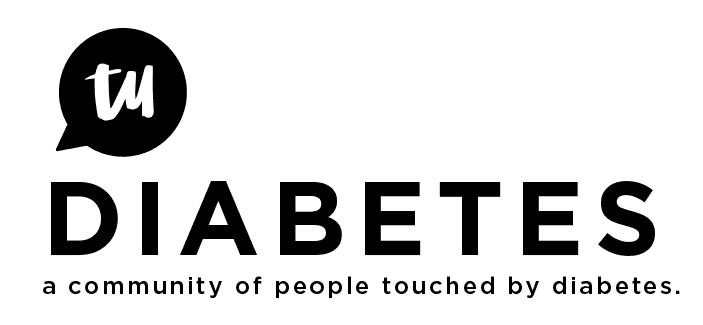i thought i would control BS with diet and exercise. over time I was not as successful as I thought I could be, so i am boring down on the strategies to limit BGL.
After having read and posted here I have found a pretty wide range of opinions on the matter of BGL. In fact I have posted about my frustration in the communications of BGL by bloggers or experts. Namely they say, they , the bloggers, are at low BGL numbers. Those are the numbers for non-diabetics, But then they fail to mention if they got those numbers from meds or insulin. So it left me feeling very much insecure about my plan.
so i persist in this quest to understand the acceptable BGL ranges for a NON MEDICATING DIET AND EXERCISE ONLY T2.
Here is verbatim from ADA website. It definitely says the goal of a diabetic is to maintain in a range, matter not how you get there.
Managing diabetes means getting as close to a normal (nondiabetic) blood glucose level as you safely can. Generally, this means levels between 70 and 130 mg/dl before meals, and less than 180 two hours after starting a meal, with a glycated hemoglobin (A1C) level less than 7 percent. Those targets should be individuallized depending on a variety of factors. Set your goals with your doctor.
some posters here, there and everywhere will tell you 140 PM is terrible. One person told me when i did 180 PM i was in dangerous territory. and very importantly i get on average <130 FBGL with current diet and exercise.
I would not be the only person to distrust the Med establishment, knowing their conflicts of interest and competition for resources.
but in terms of BGL numbers, isn’t it okay to follow ADA?

